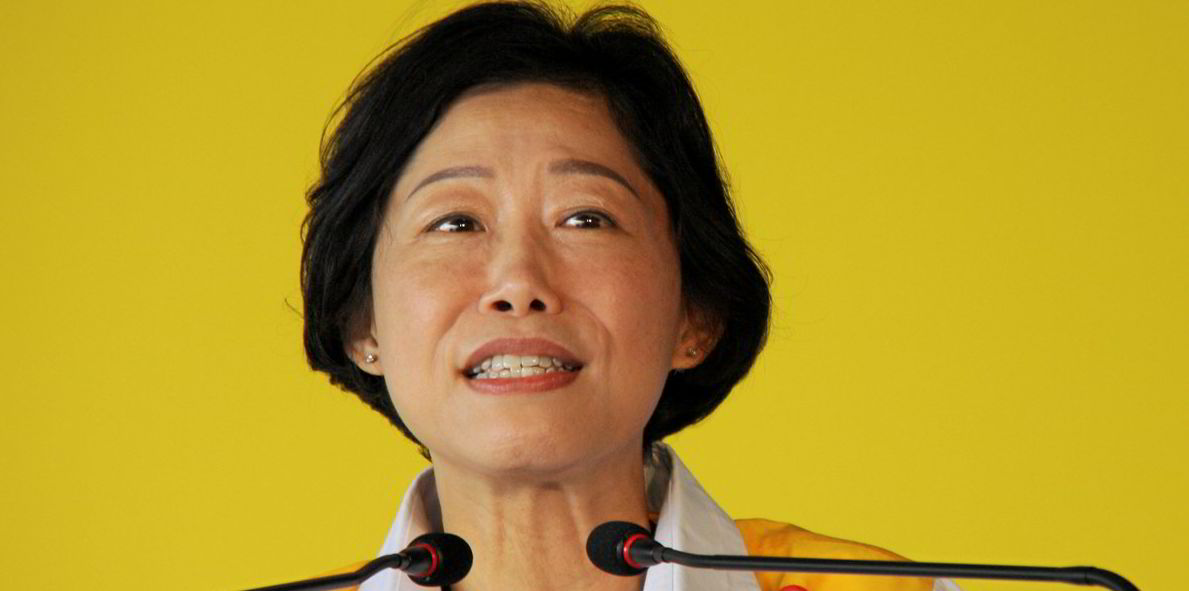Singapore’s shipping community is set to get the opportunity to get up close and personal with two forms of innovative maritime transport.
Those attending Singapore Maritime Week will get the chance to check out the city-state’s own Wing-in-Ground (WIG) effect craft at Marina South Pier ahead of trials later this year.
The AirFish WIG is set to undergo trials off Singapore in a collaborative effort between the Maritime & Port Authority of Singapore (MPA) and the craft’s developer, ST Engineering AirX (AirX).
The collaboration is a step towards realising the potential of such technology in areas such as maritime transportation and logistics services, the MPA said.
Vessels like the WIG craft, which operates just above the sea surface by using ground effect, are governed by the guidelines from the International Maritime Organization.
MPA said it will work with AirX to identify an area off Changi, Singapore, for the trials, expected to commence from the third quarter of 2024 at a frequency of twice monthly.
The maritime regulator said it will also ensure that measures are in place so that port operations will not be affected during the trials, including sending out advance notification to vessels and the public to keep clear of the area.
AirX has already signed a letter of intent for an order of up to 10 AirFish WIG craft, with options for 10 more with Eurasia Mobility Solutions to serve Turkey’s tourism and private transportation sectors.
Later this month, Singapore will play host to trials of an innovative hydrofoiling electric ferry developed by Swedish tech company Candela.
The company’s Candela P-12 Shuttle uses computer-controlled wings beneath the hull to enable it to travel above the water surface at high speeds, reducing friction considerably.
The makers claim it uses 80% less energy than traditional ferries and can travel up to 100 km on one charge, at a speed of 25 knots.
The revolutionary technology will be on display to the public at the Singapore Yacht Festival, in conjunction with the opening of Candela’s new Asia Pacific office.
“Across Asia and the Pacific, from archipelagos to cities, we see a huge market and demand for new sustainable transport solutions that can reduce congestion and emissions. Our technology offers quicker journeys, lower costs for operators and zero emissions,” said Bjorn Antonsson, Candela’s newly appointed regional CEO for Asia-Pacific.
The first unit was launched late last year in Stockholm and is set to become operational in the city’s local transport system later in 2024.
In Asia-Pacific, a P-12 line will be inaugurated in New Zealand in 2025, where local power and renewable energy company Meridian Energy will operate the ferry on the South Island’s Lake Manapouri, saving the company 240 tons (217 tonnes) of carbon emissions each year.





